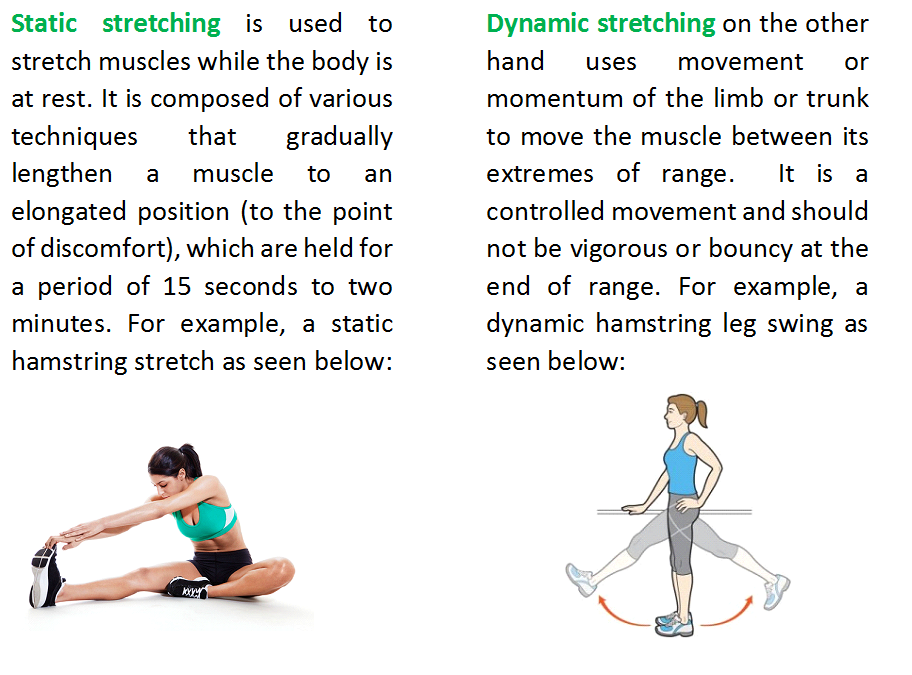When it comes to preparing your body for physical activity, there are two common methods that are often utilized: dynamic warm-up and static stretching. While both techniques are used to improve flexibility and reduce the risk of injury, they serve different purposes and should be implemented based on the specific needs of the individual.
Dynamic Warm-Up
A dynamic warm-up involves actively moving your muscles and joints through a series of movements before diving into your workout. This method helps increase blood flow to the muscles, raise body temperature, and improve overall mobility. Dynamic warm-ups typically include exercises that mimic the movements you will be performing during your workout, such as leg swings, arm circles, and high knees.
One of the key benefits of a dynamic warm-up is that it prepares your body for the specific demands of your workout. By engaging in dynamic movements, you are better able to activate the muscles you will be using, leading to improved performance and reduced risk of injury. Additionally, dynamic warm-ups can help improve your range of motion and flexibility, allowing you to move more freely during your workout.
Static Stretching
On the other hand, static stretching involves holding a stretch position for a period of time without movement. This method is used to target specific muscle groups and increase overall flexibility. Static stretching is often recommended as a post-workout routine to help relax and lengthen tight muscles.
While static stretching can be beneficial for improving flexibility, research has shown that it may not be the most effective method for preventing injury before a workout. In fact, some studies have suggested that static stretching prior to exercise could potentially decrease muscle strength and power, leading to decreased performance.
When to Use Each Method
So, when should you use dynamic warm-up versus static stretching? The answer ultimately depends on your individual needs and goals. If you are looking to prepare your body for a high-intensity workout or sports activity, a dynamic warm-up would be more appropriate. This method will help activate your muscles and improve your overall mobility, allowing you to perform at your best.
On the other hand, if you are looking to improve your flexibility or relax tight muscles, static stretching may be a better option. This method can be beneficial as a post-workout routine or as part of a recovery plan to help release tension in the muscles and promote relaxation.
Combining the Two
While dynamic warm-up and static stretching serve different purposes, they can also complement each other when used together. Many experts recommend incorporating both techniques into your fitness routine to help improve overall performance and reduce the risk of injury. By starting with a dynamic warm-up to prepare your body for movement, followed by static stretching to target specific muscle groups, you can create a well-rounded approach to improving flexibility and mobility.
Ultimately, the key is to listen to your body and pay attention to how it responds to each method. Experiment with different warm-up and stretching techniques to find what works best for you and your specific needs. Whether you choose dynamic warm-up, static stretching, or a combination of both, the important thing is to prioritize proper warm-up and stretching to help maximize your performance and prevent injury.
Remember, the goal of warm-up and stretching is to help you move better, feel better, and perform better. So, whether you’re hitting the gym, going for a run, or playing your favorite sport, take the time to properly prepare your body for activity and reap the benefits of a well-rounded warm-up and stretching routine.
